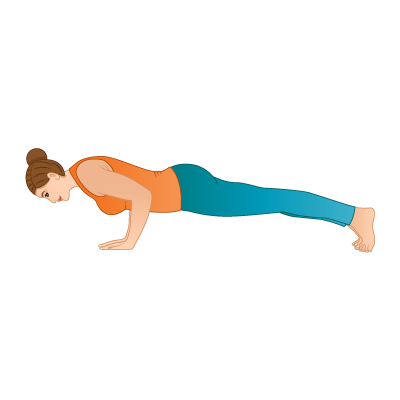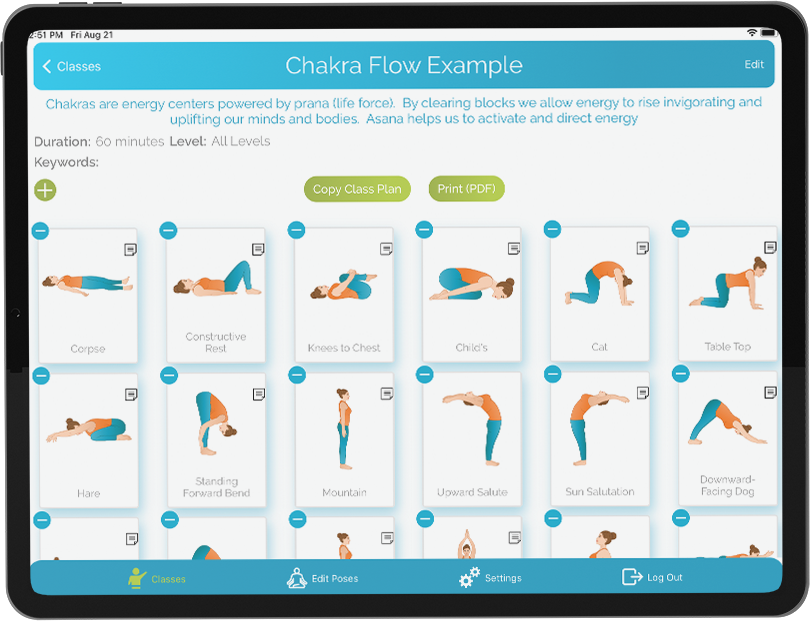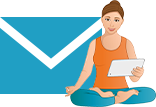5 Tips for Teaching Yoga to Children
February 27, 2017 | 4 min read
The benefits of yoga for children are well-documented. From an increased focus to stronger muscles, there is no shortage of reasons why yoga practitioners, parents, day care providers, and schools should not include yoga in a child’s routine. Below are some of the benefits yoga can provide for children:
- Develops body awareness
- Teaches how to use their bodies in a healthy way
- Stress management in the form of breathing, awareness, meditation, and healthy movement
- Builds concentration
- Increases their confidence and creates a positive self-image
- Allows children to be a part of a healthy, non-competitive group
- Provides an alternative to tuning out through constant attachment to electronic devices
No one will argue against the positive effects yoga has on children. The bigger question, then, is what are the most effective ways to teach yoga to children? As any parent or bystander knows, children can be finicky in what they like. Even though yoga can help with this, you have to teach it first. Below are five tips for teaching yoga to children.
Teach to the Style of the Learner
Children learn many different ways. Some are visual or auditory learners, while others prefer a more hands-on approach. When teaching yoga to children, try to hit as many of those styles as possible.This may include providing a chart of poses with instructions on them for some. Others will need to see the pose demonstrated. One tool that teaches to many learning styles is The Alphabet Workout. This is a deck of cards with all the letters of the alphabet on them. Each letter is a different pose, and each card has a small story along with instructions on how to do the pose.
Keep It Short and Sweet
Children’s attention span varies by age and ability. A general rule of thumb is to keep the activity to the age of the child. So, for example, a five year old will be able to engage in something for about five minutes before wanting to move on to something else. While developing routines, keep this in mind so that the lesson maximizes their attention.
Story Time
It’s no secret children love stories! In fact, there’s a whole YouTube channel devoted to teaching yoga through stories. Cosmic Kids Yoga has children exploring many different worlds, including popular cultural ones like Frozen and Star Wars. The stories and imagery keep children engaged until they get too tired to keep going. Turn your yoga time into a story the children will grab onto and follow with glee.
Self-Guided
Not every child likes to follow what an adult is telling them to do, and that is okay. In many cases, the best way to learn a new skill is through self-discovery and some feedback. This makes using yoga cards meant for children a great way to teach them. Letting children explore and discover on their own can be an empowering experience. As long as you are there to guide, support, and facilitate, this can be a very effective way of teaching yoga.
Offer Specific Feedback
Praising children the right way is important. Web MD says it best when they state, “Experts say that the quality of praise is more important than the quantity. If praise is sincere and genuine and focused on the effort, not the outcome, you can give it as often as your child does something that warrants a verbal reward.” When you praise a child, focus on the effort given. Ensure that they realize continued effort will yield positive results and that you are proud of their efforts. Too much general praise or praise based on an outcome, however, can have negative results, even if well-intentioned.
Teaching yoga is fun. Teaching yoga to kids is even more fun. The expression on their faces as they get something new right and the joy they experience as they take on a new challenge is contagious. Teaching yoga to children with these five tips in mind will make the experience more fun for everyone and have the students coming back for more!
Posted in Teaching Tips




